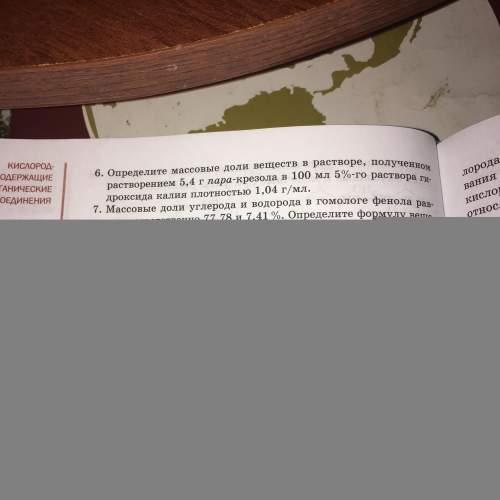
Chemistry, 01.03.2021 20:20 shawntawright1
Flori one bucket of paint outside and one bucket of paint in her garage. Both paint buckets are the same
size and have the same number of molecules. She brings the bucket in from outside and is going to stack it on
top of the bucket in the garage. The diagram above shows the buckets now, before they touch. Use the
information in the diagram to answer the question
How does the temperature of the garage bucket compare with the temperature of the outside bucket before
the buckets touch? What will happen after the buckets have been touching for a while?
Before the buckets touch the garage bucket is hotter than the outside bucket. Once the buckets are
touching the cooler outside bucket will gain kinetic energy until the molecules of both buckets have an
energy of 18 because hotter things increase the temperature of cooler things.
Before the buckets touch the garage bucket is cooler than the outside bucket. Once the buckets are
touching the hotter outside bucket will transfer kinetic energy to the molecules in the cooler garage
bucket until both buckets reach the same temperature which will be in between their starting
temperatures
Before the buckets touch the two buckets are different temperatures. Once the buckets are touching
both kinetic energy and cold energy will transfer between the molecules of the two buckets until both
buckets reach the same temperature, which will be in between their starting temperatures
Before the buckets touch, the garage bucket is hotter than the outside bucket. Once the buckets are
touching, the garage bucket will transfer kinetic energy to the molecules in the cooler outside bucket until
both buckets reach the same temperature which will be in between their starting temperature. Kk

Answers: 1


Another question on Chemistry

Chemistry, 21.06.2019 14:20
Calculate the enthalpy of the following reaction: 4 b (s) + 3 o2 (g) → 2 b2o3 (s) given the following pertinent information: (a) b2o3 (s) + 3 h2o (g) → 3 o2 (g) + b2h6 (g), δhoa = +2035 kj (b) 2 b (s) + 3 h2 (g) → b2h6 (g), δhob = +36 kj (c) h2 (g) + latex: \frac{1}{2} 1 2 o2 (g) → h2o (l), δhoc = −285 kj (d) h2o (l) → h2o (g), δhod = +44 kj
Answers: 3

Chemistry, 22.06.2019 16:50
Which of the following is an indication that a substance has undergone a chemical change? a. no new product has been formed. b. the color of the substance has not changed. c. the original constitute has not changed. d. the molecular structure has changed.
Answers: 1

Chemistry, 23.06.2019 01:00
Which description best characterization the motion of particles in a solid
Answers: 1

Chemistry, 23.06.2019 05:00
What is dhmo? hint: you find it everywhere something is wet..
Answers: 1
You know the right answer?
Flori one bucket of paint outside and one bucket of paint in her garage. Both paint buckets are the...
Questions

Mathematics, 04.04.2020 15:24


History, 04.04.2020 15:24


History, 04.04.2020 15:24



Physics, 04.04.2020 15:24

Mathematics, 04.04.2020 15:25





Mathematics, 04.04.2020 15:25


Computers and Technology, 04.04.2020 15:26

Mathematics, 04.04.2020 15:26

History, 04.04.2020 15:26

Mathematics, 04.04.2020 15:26




